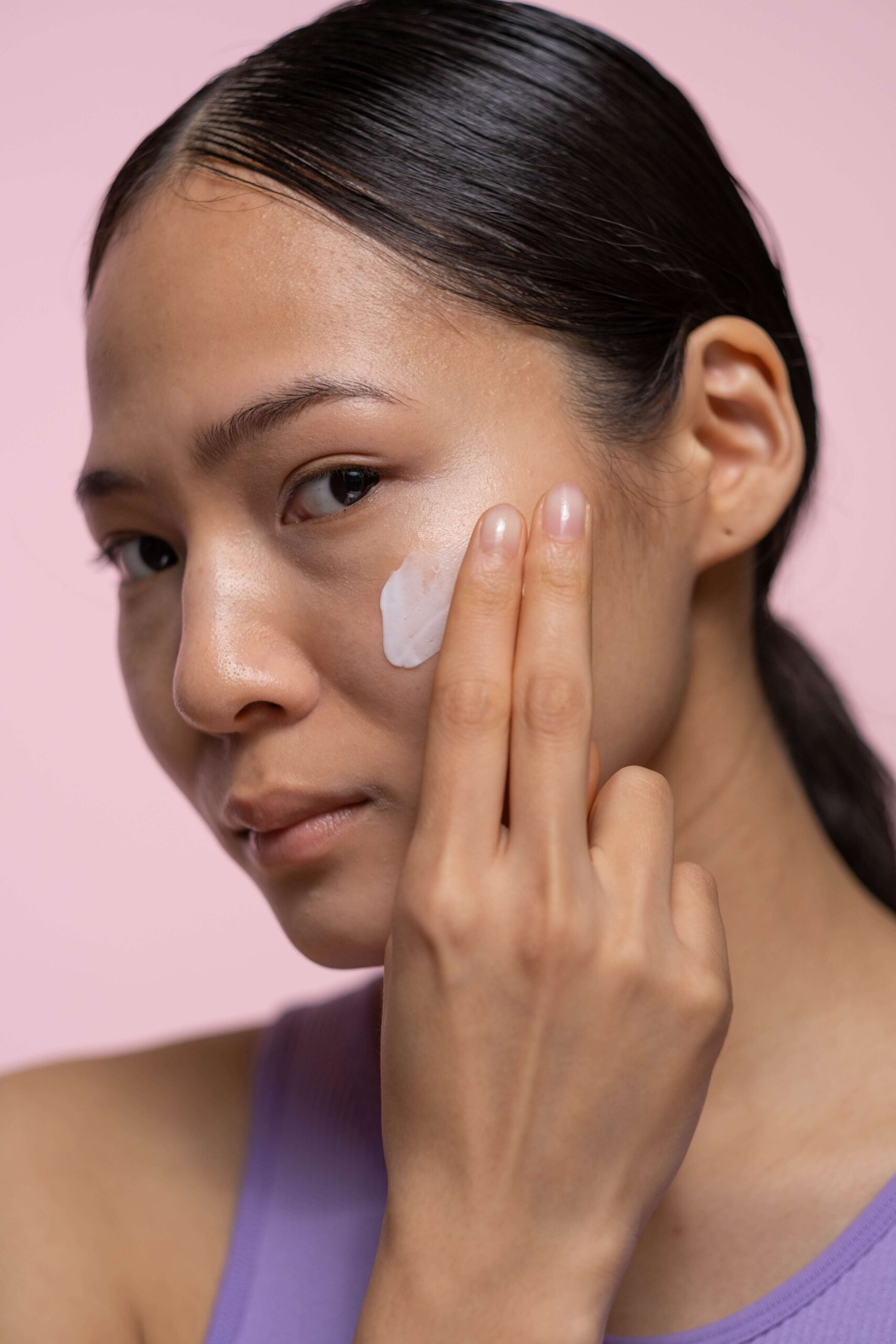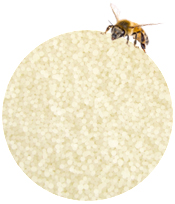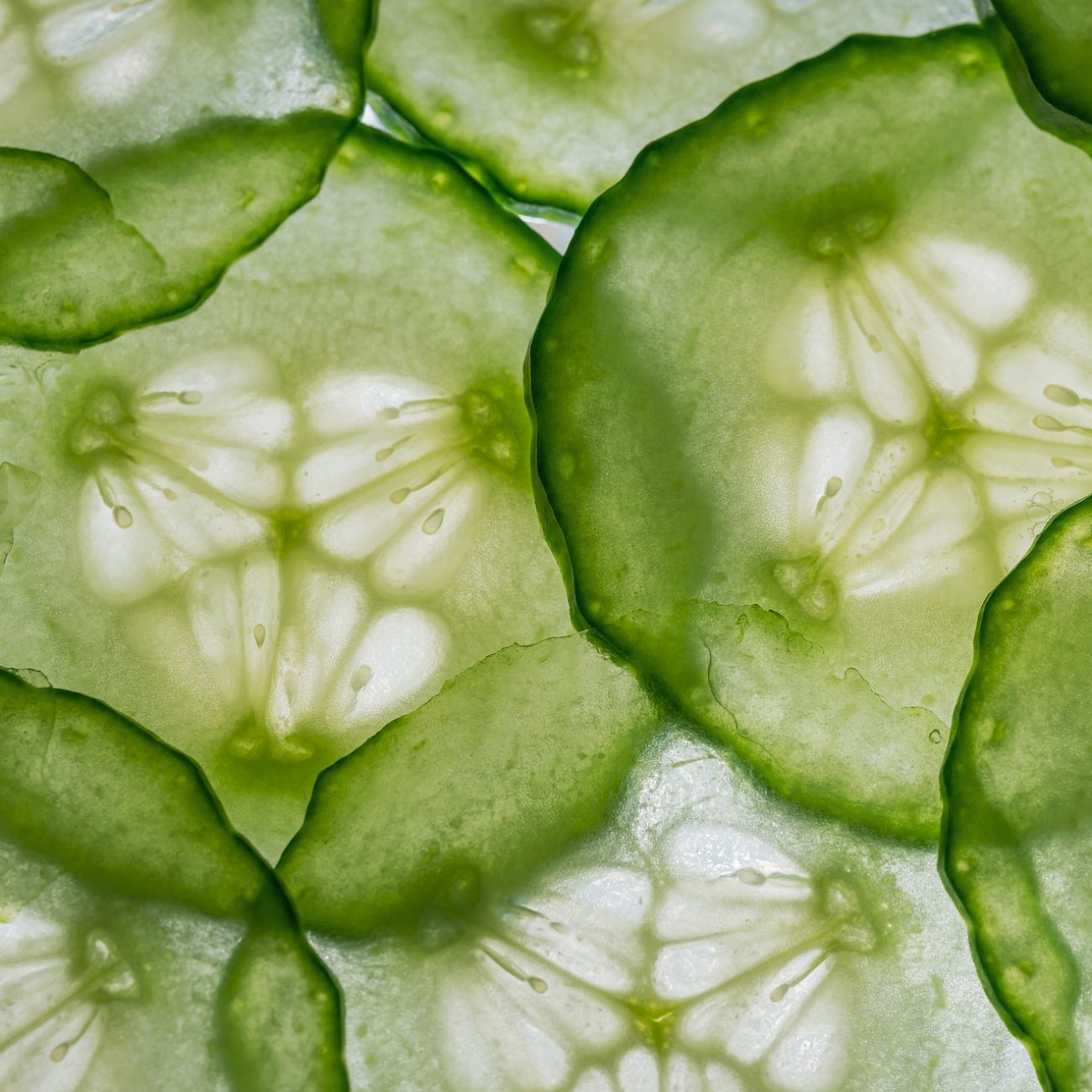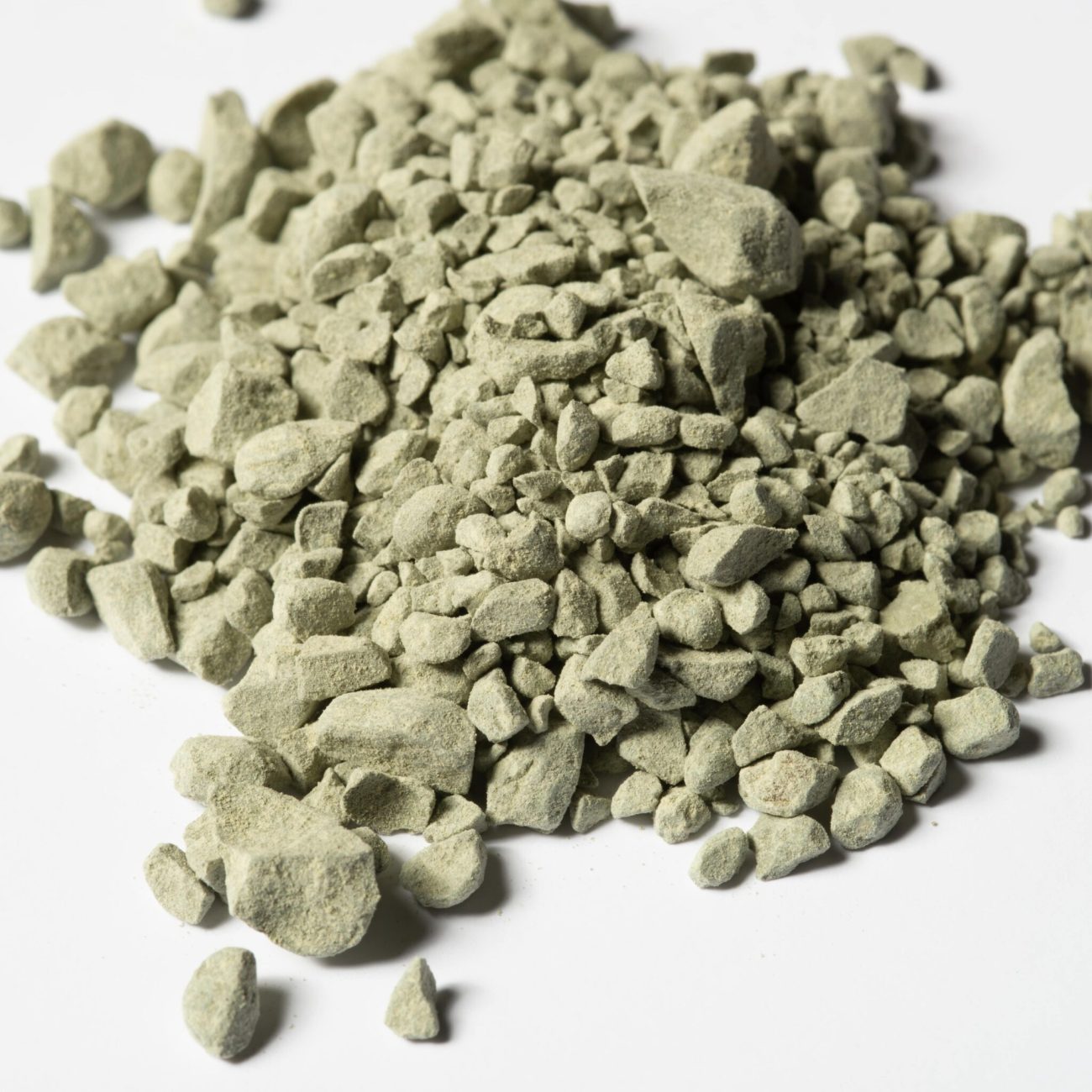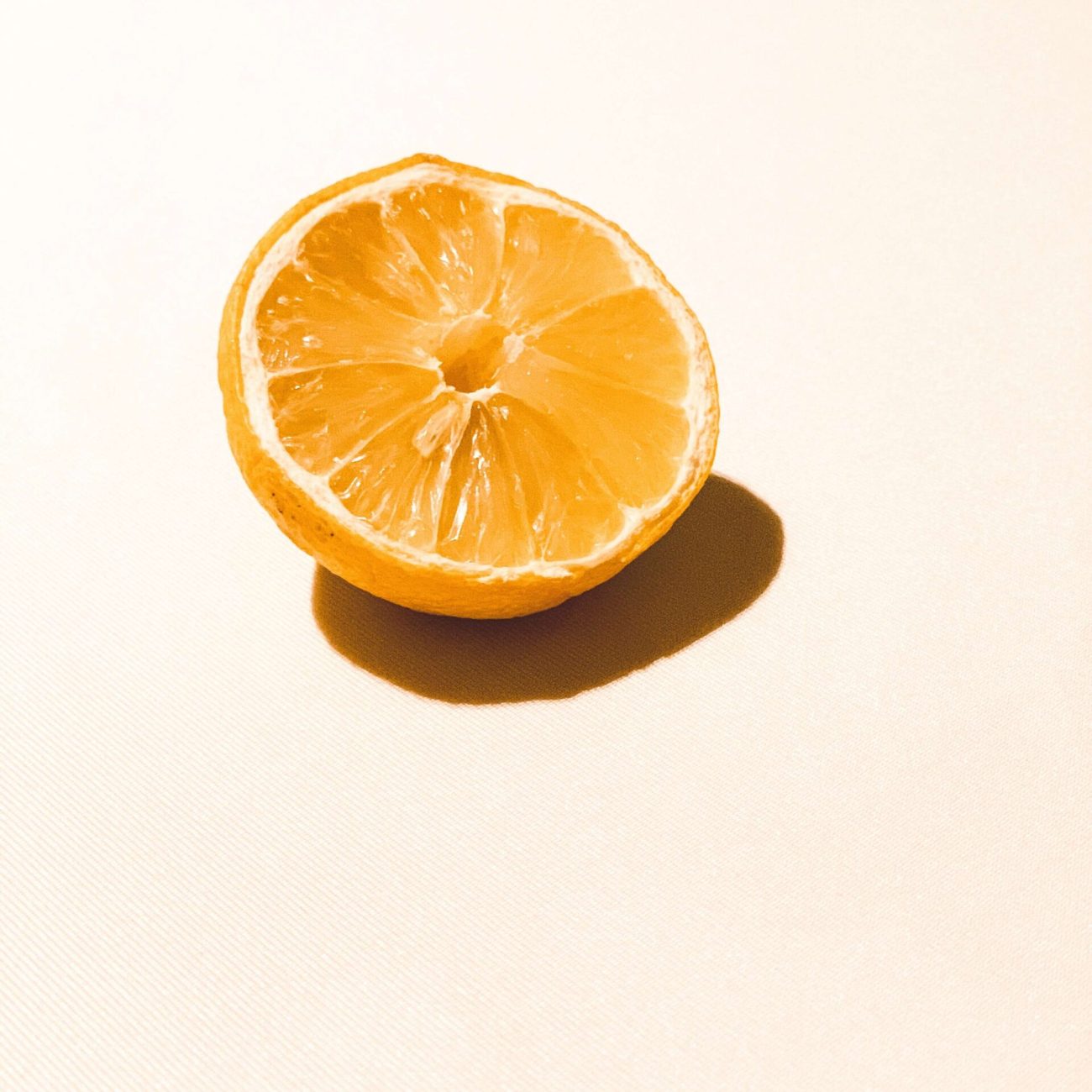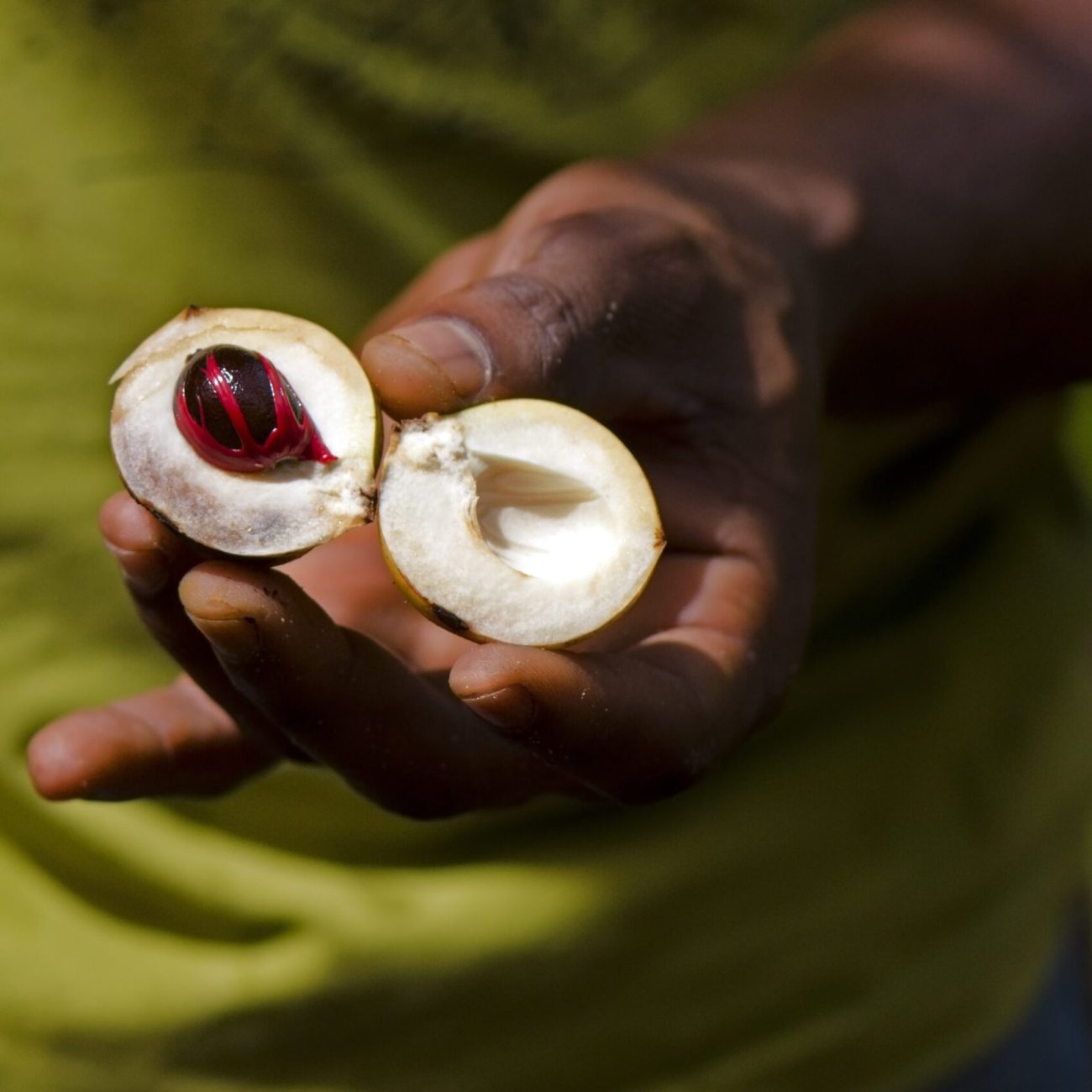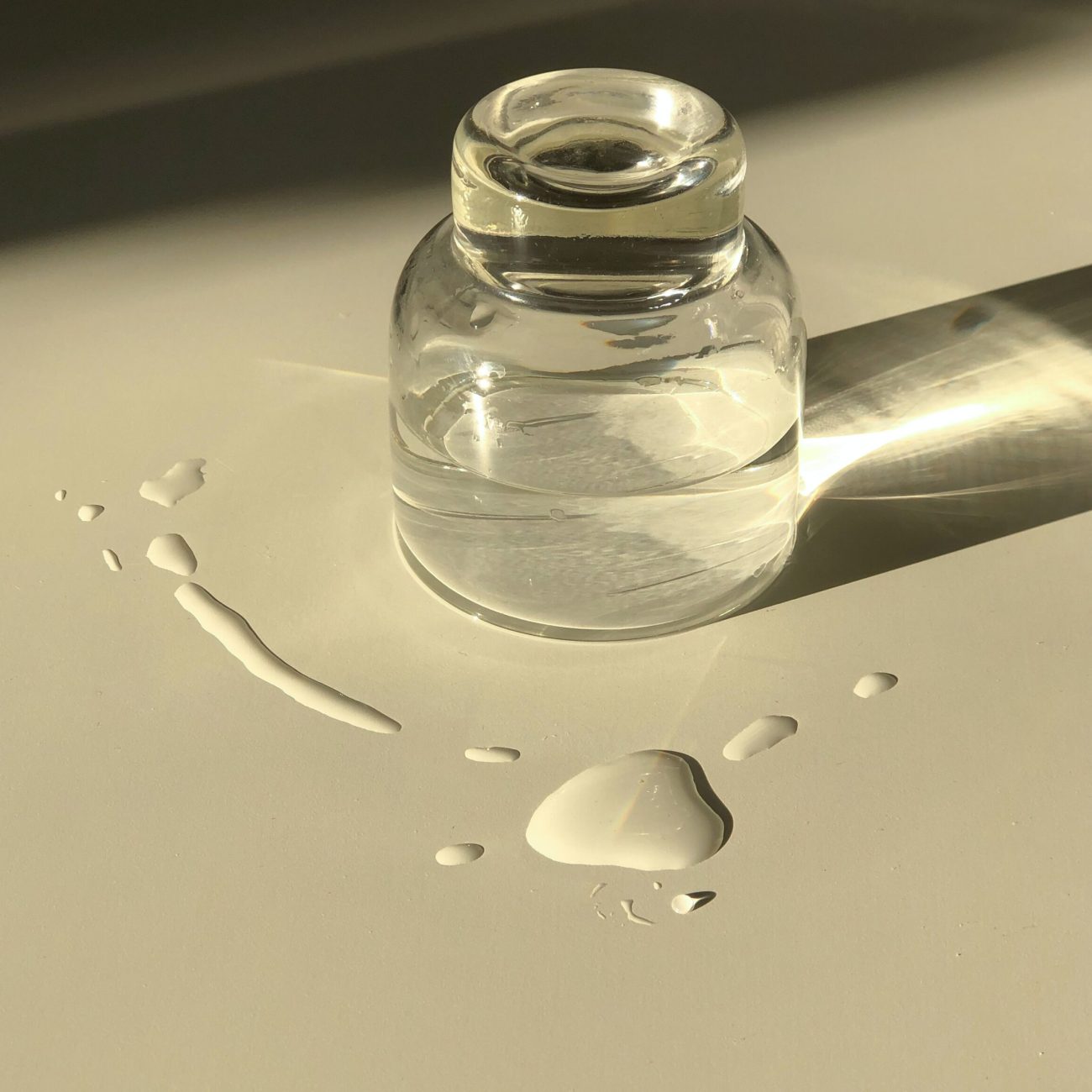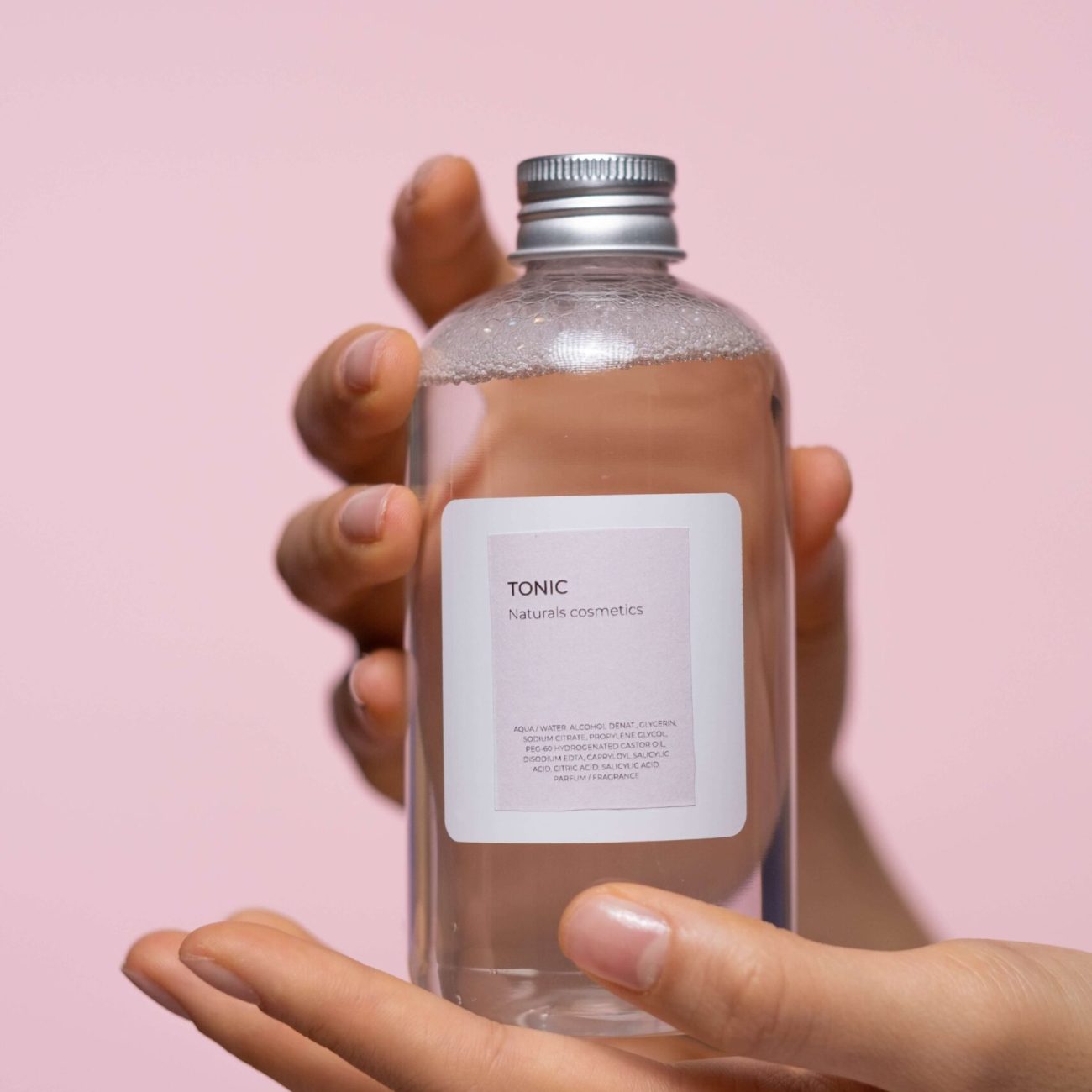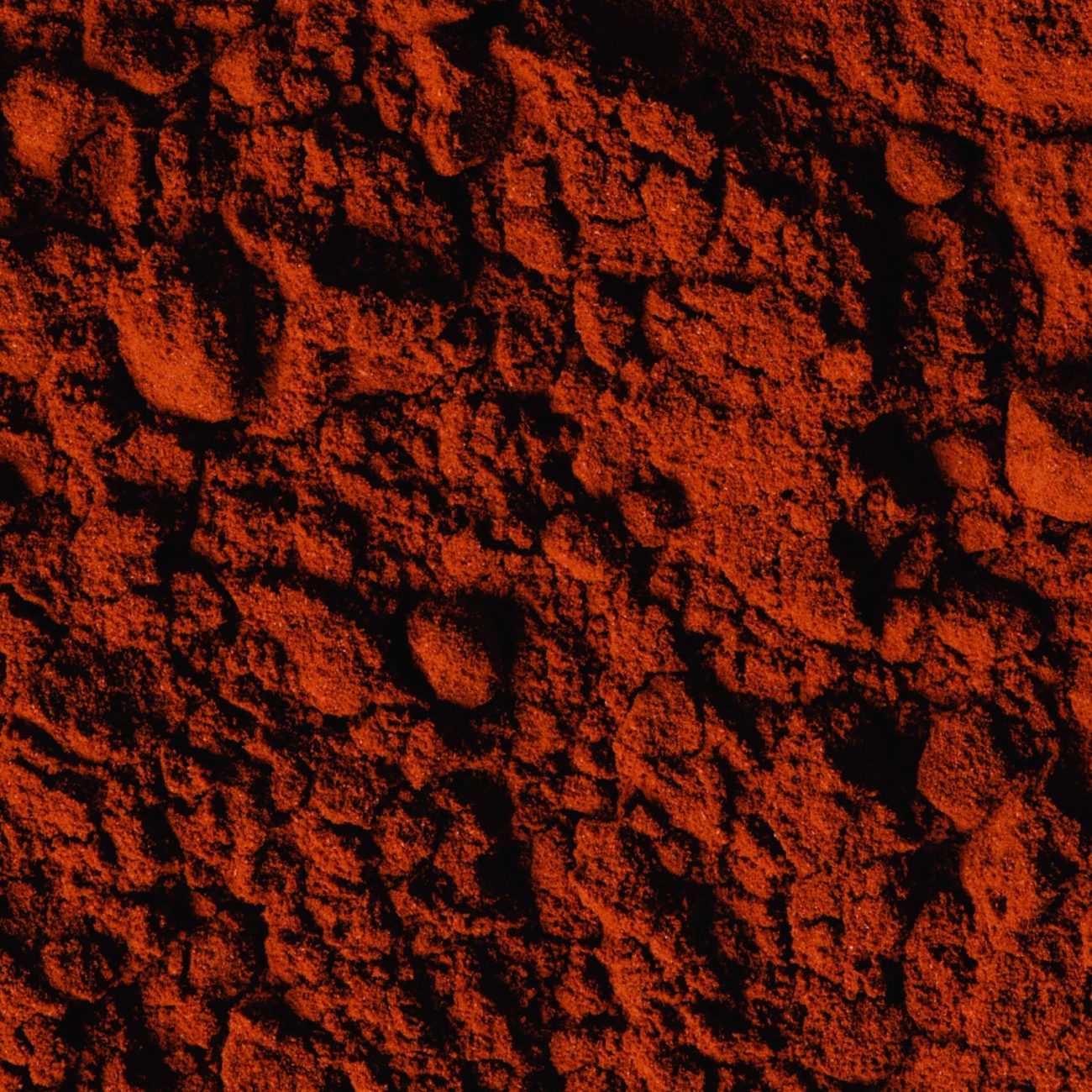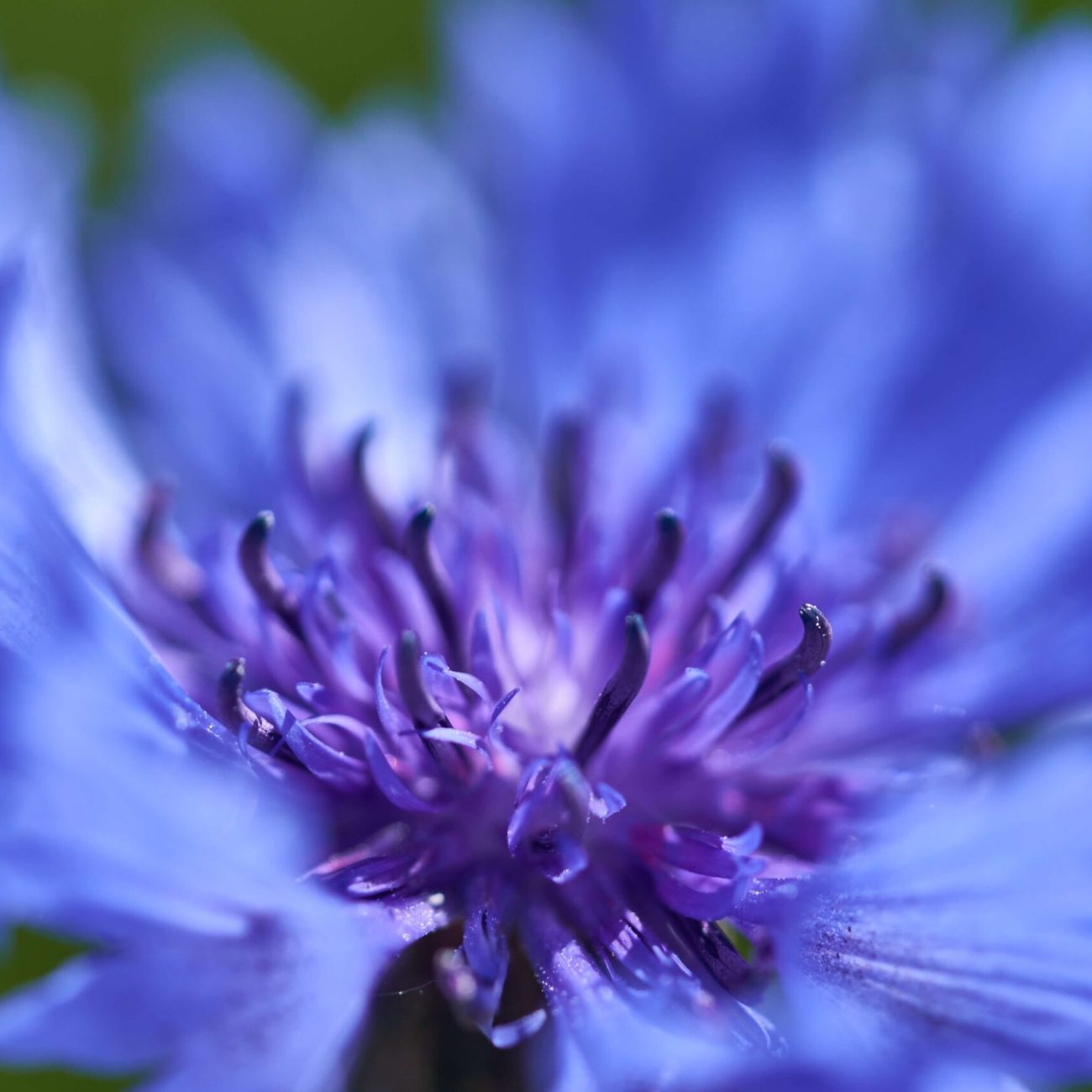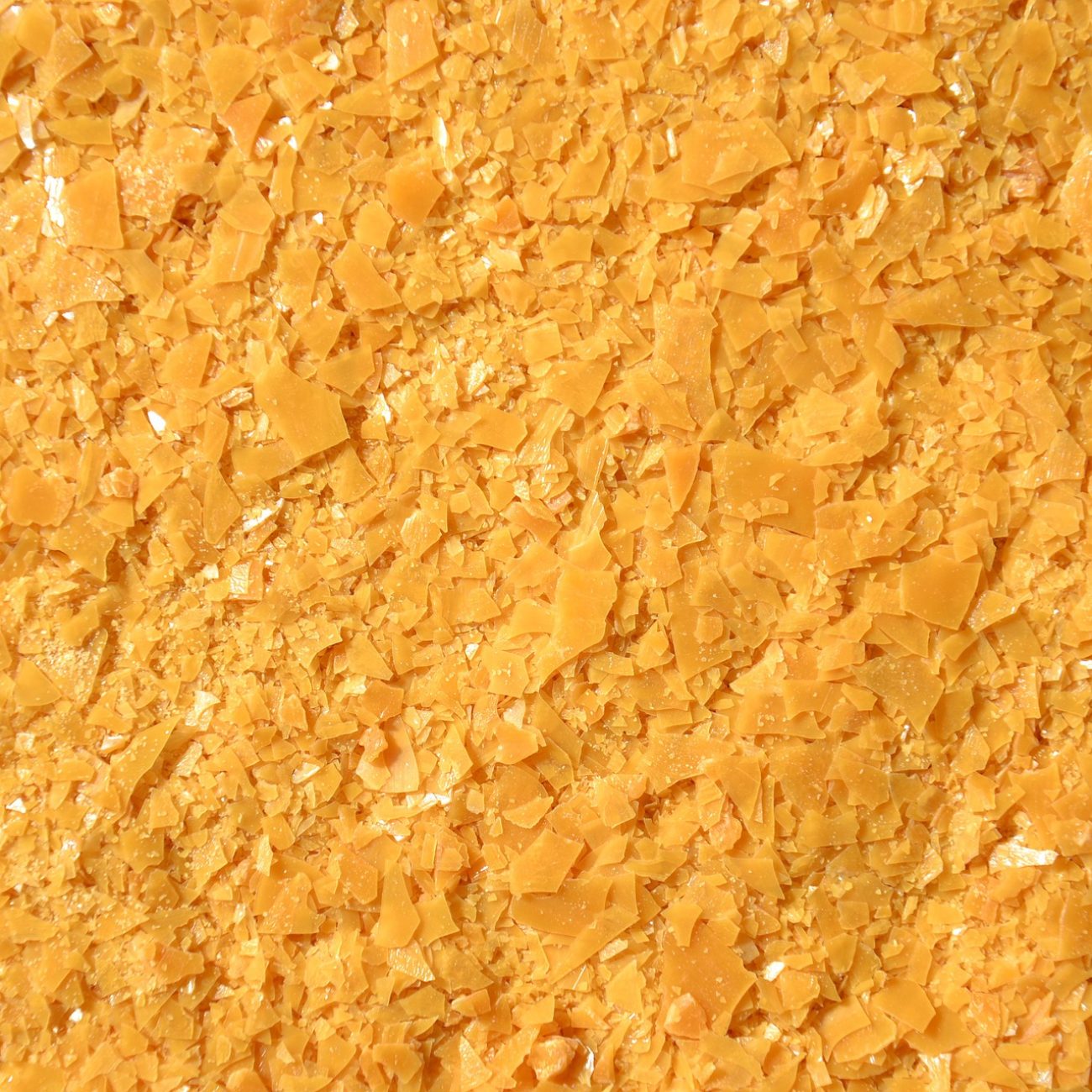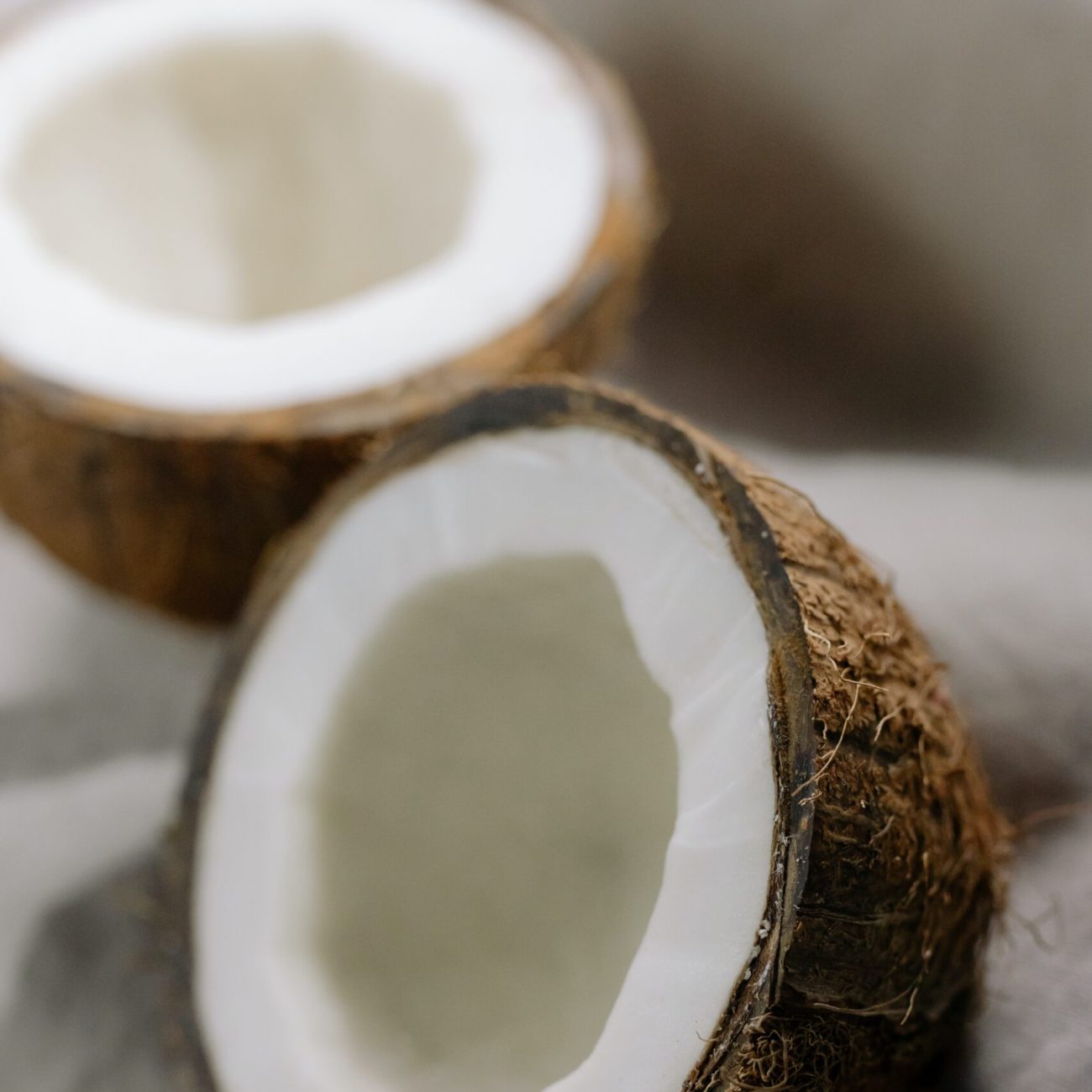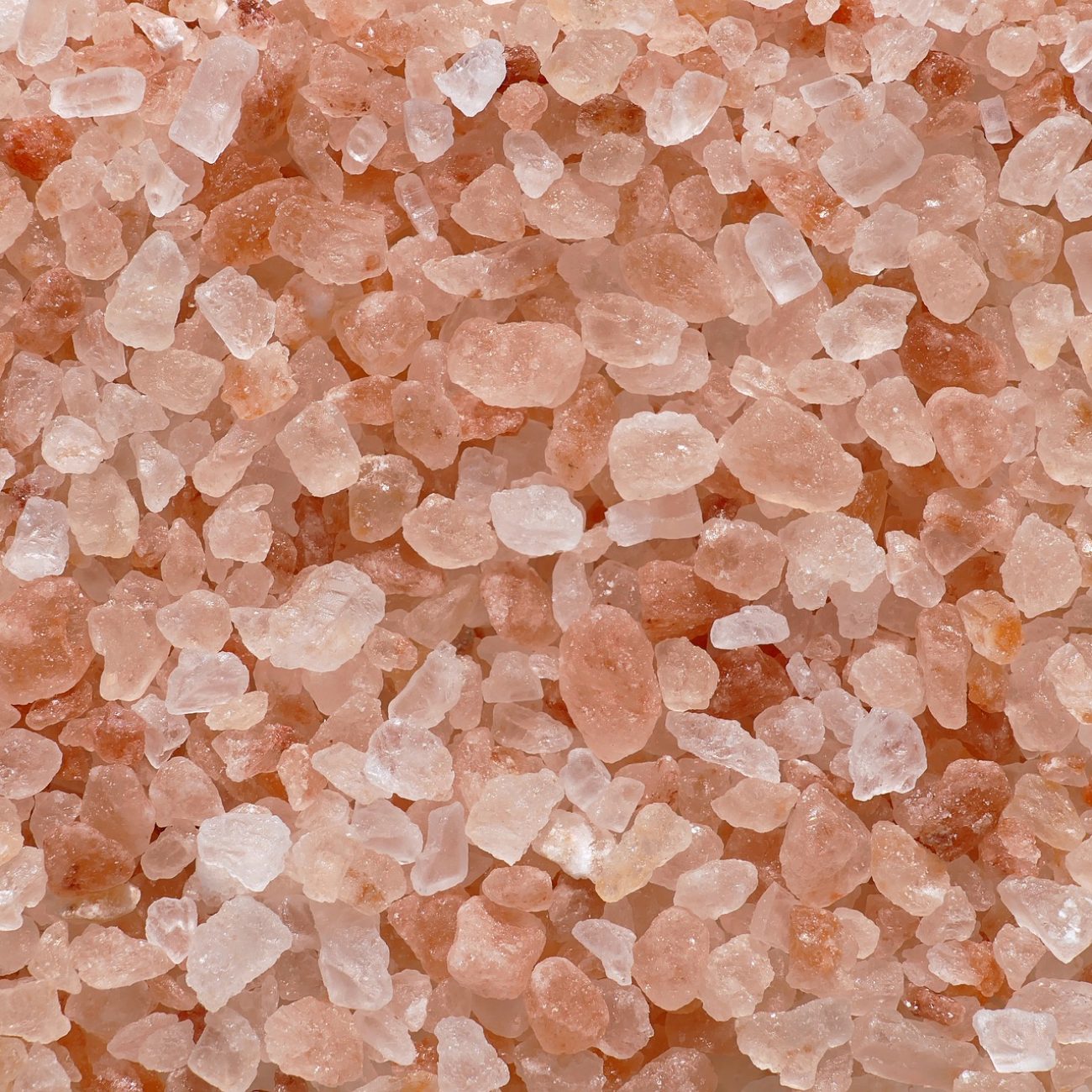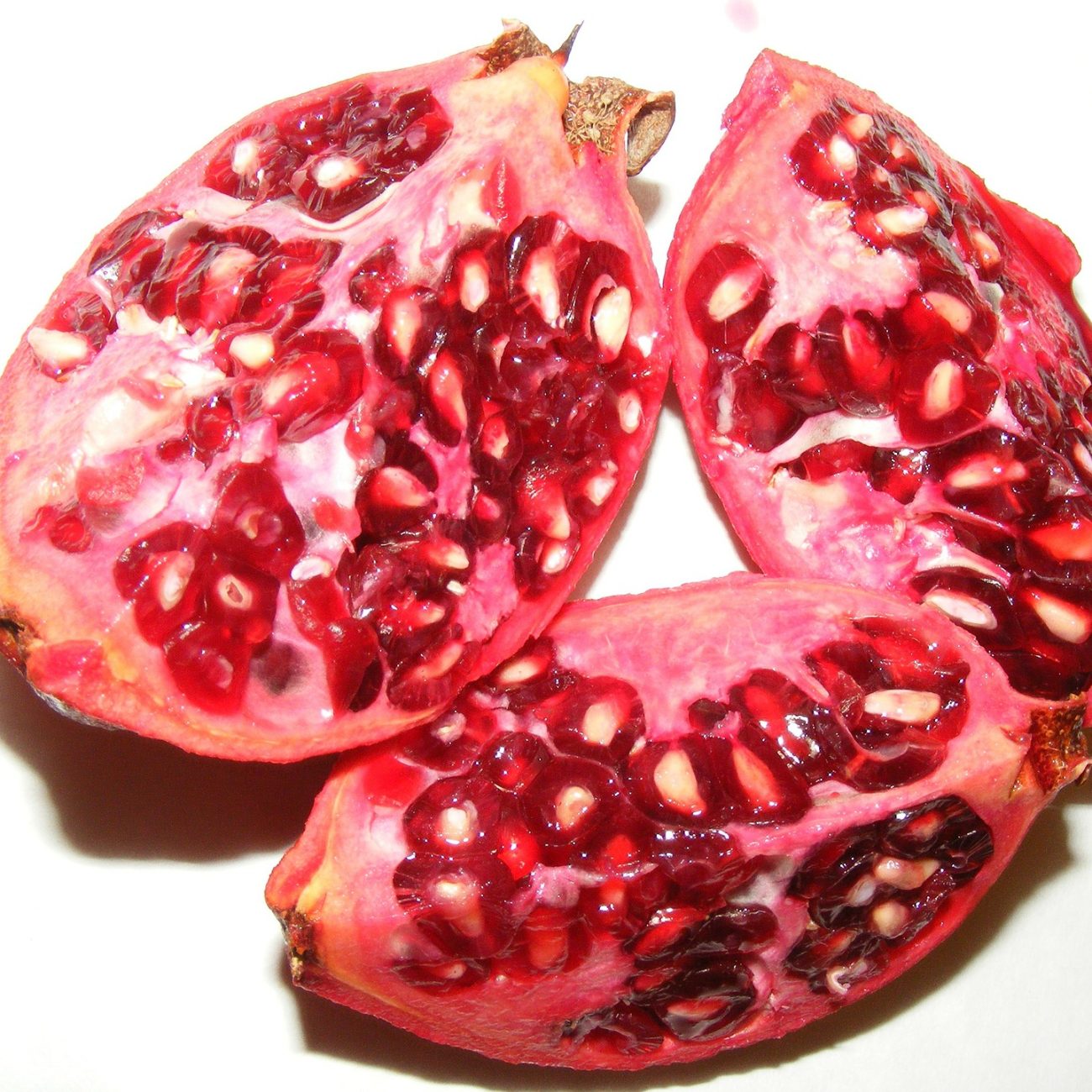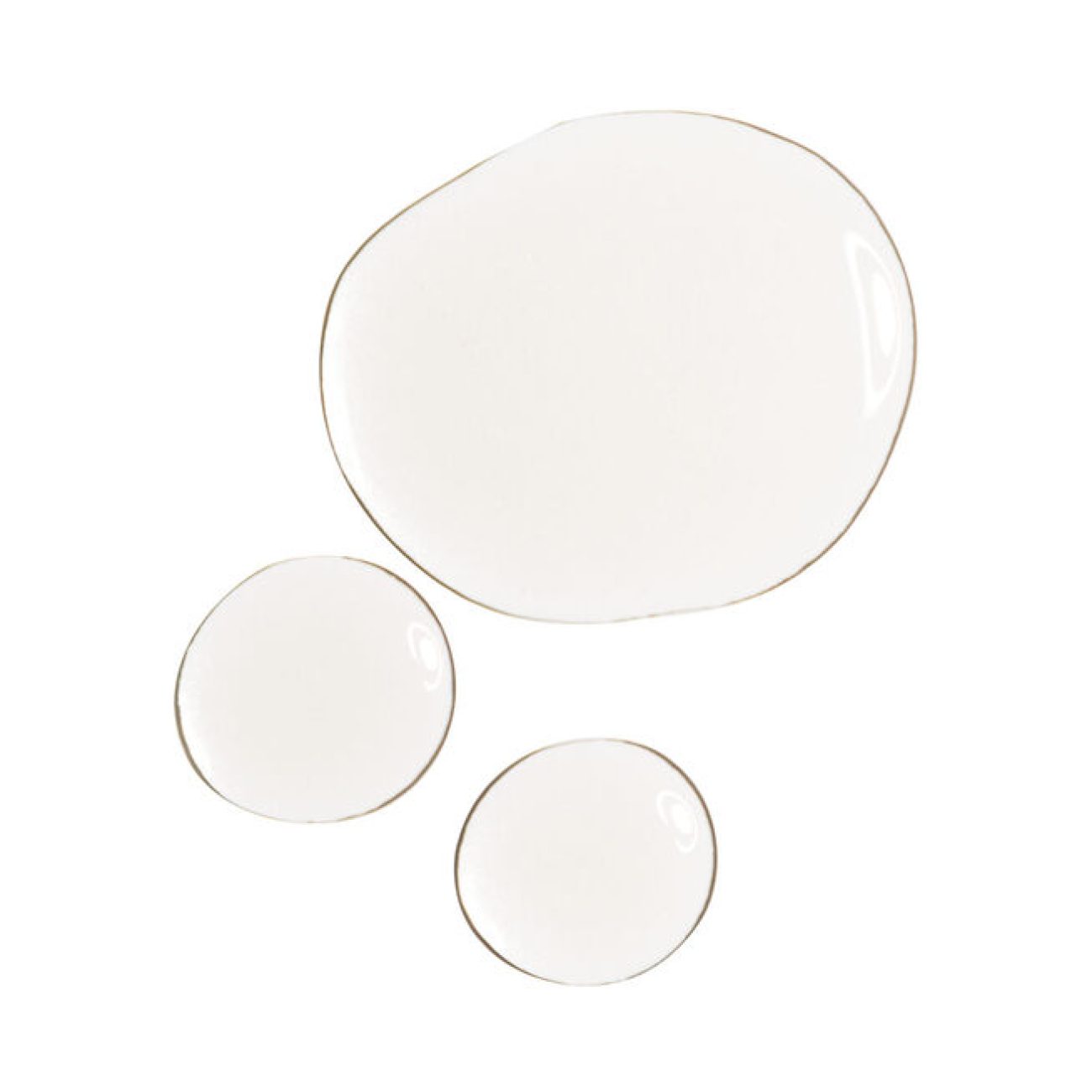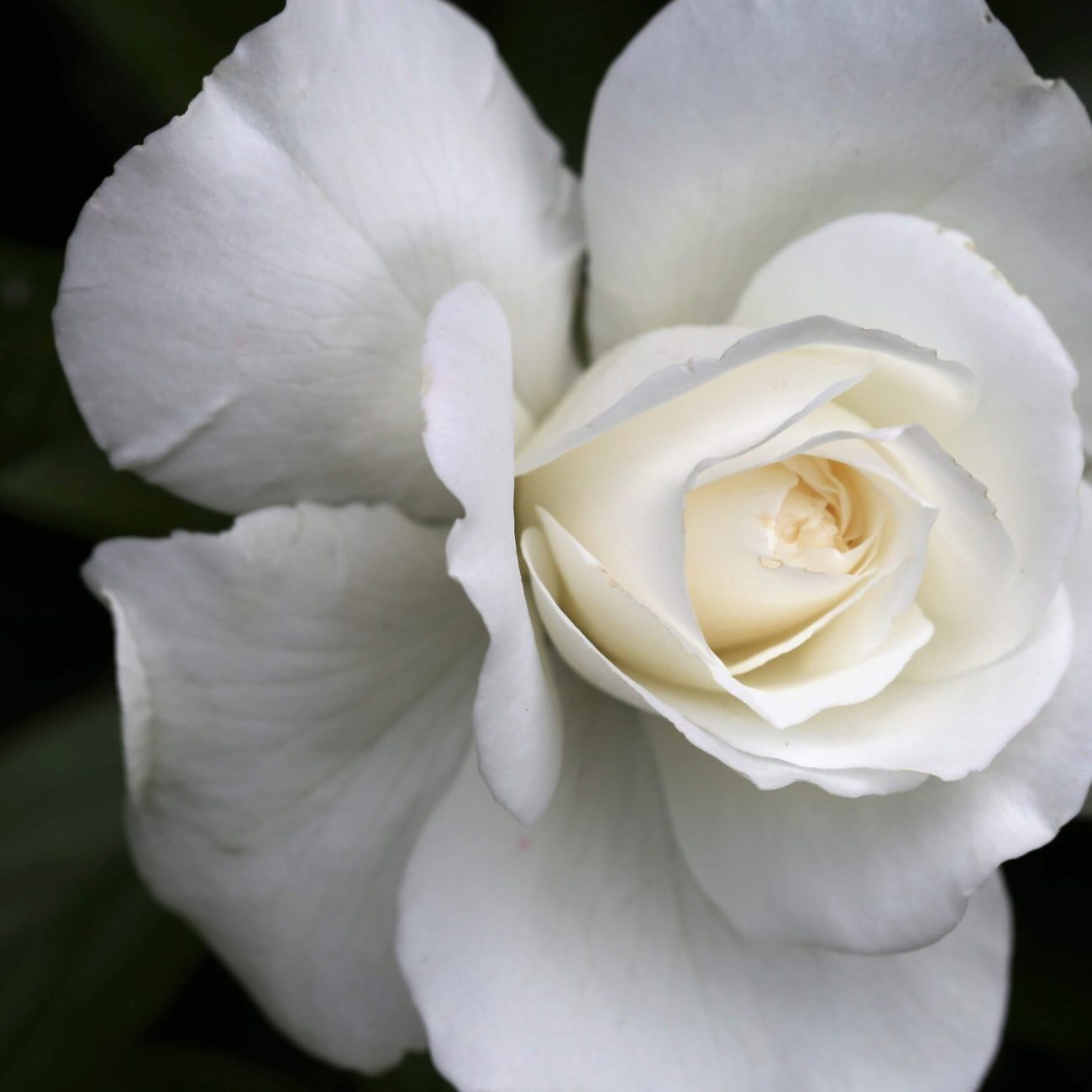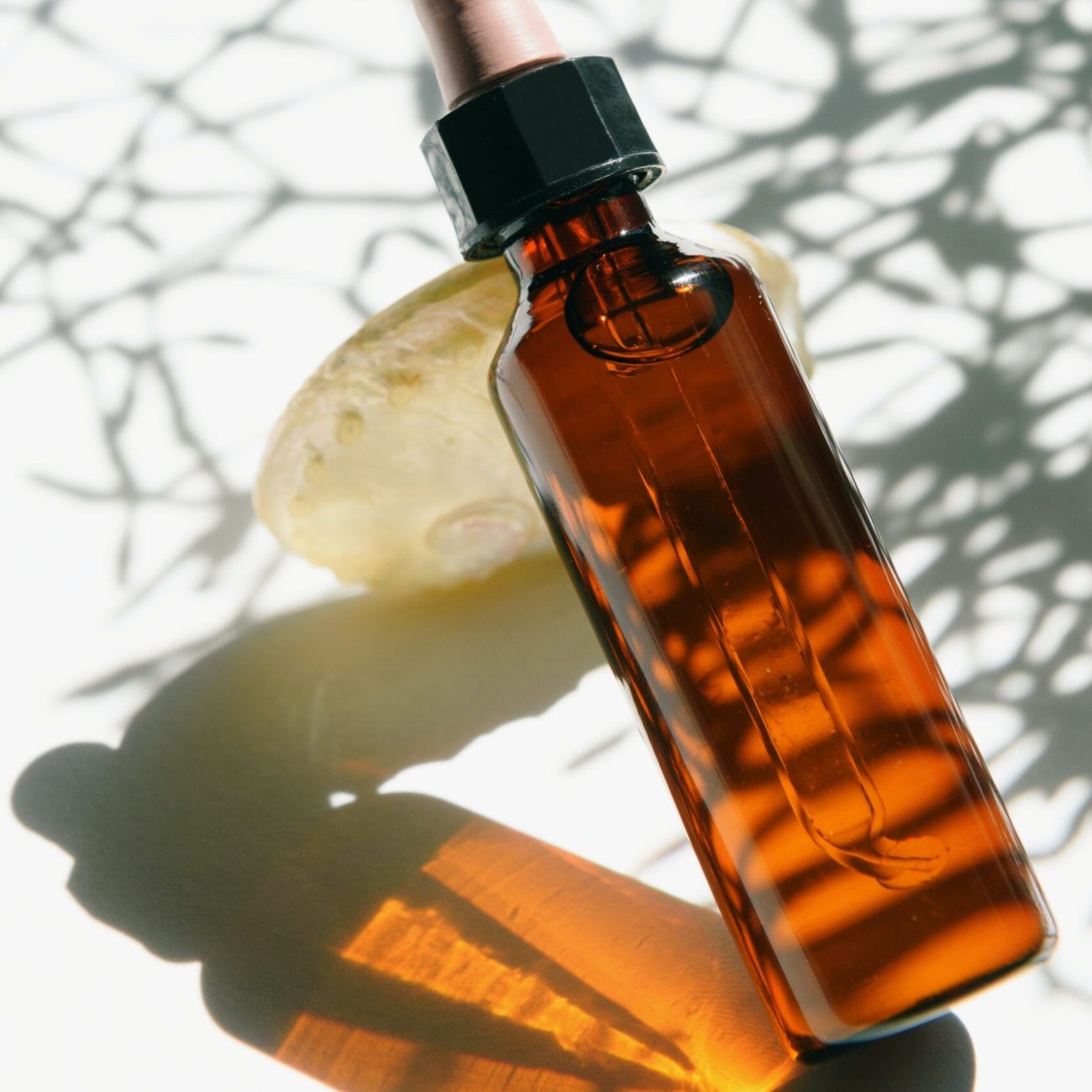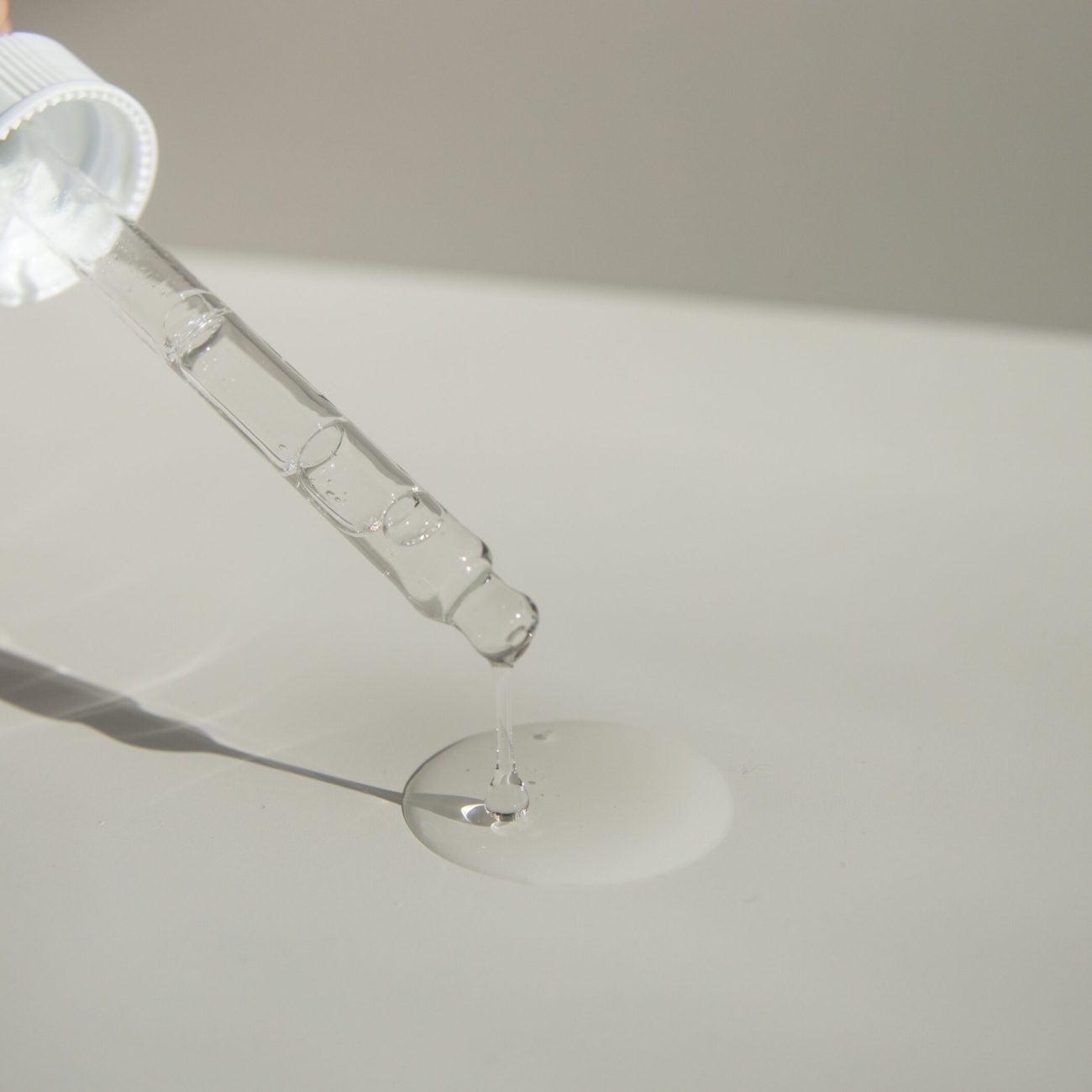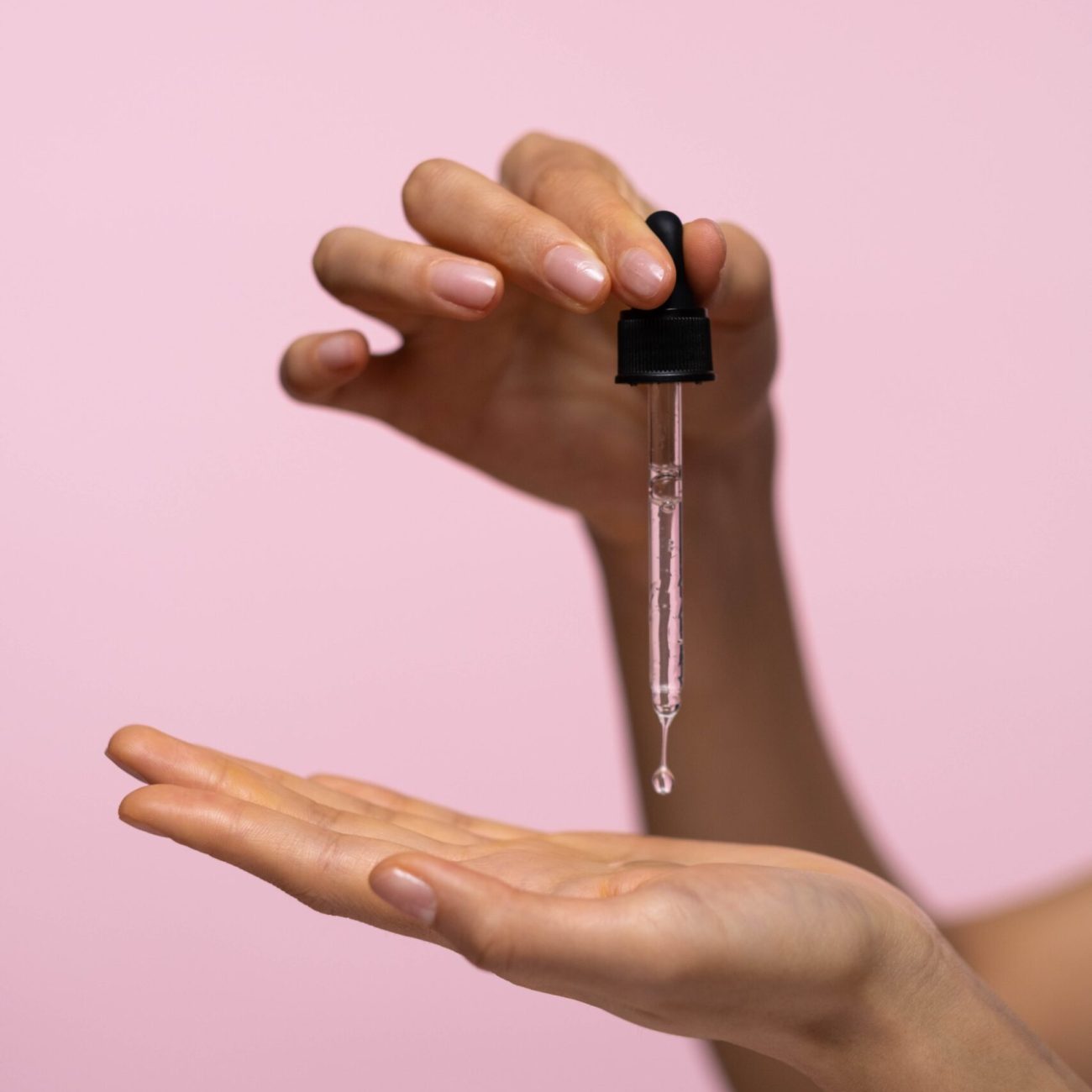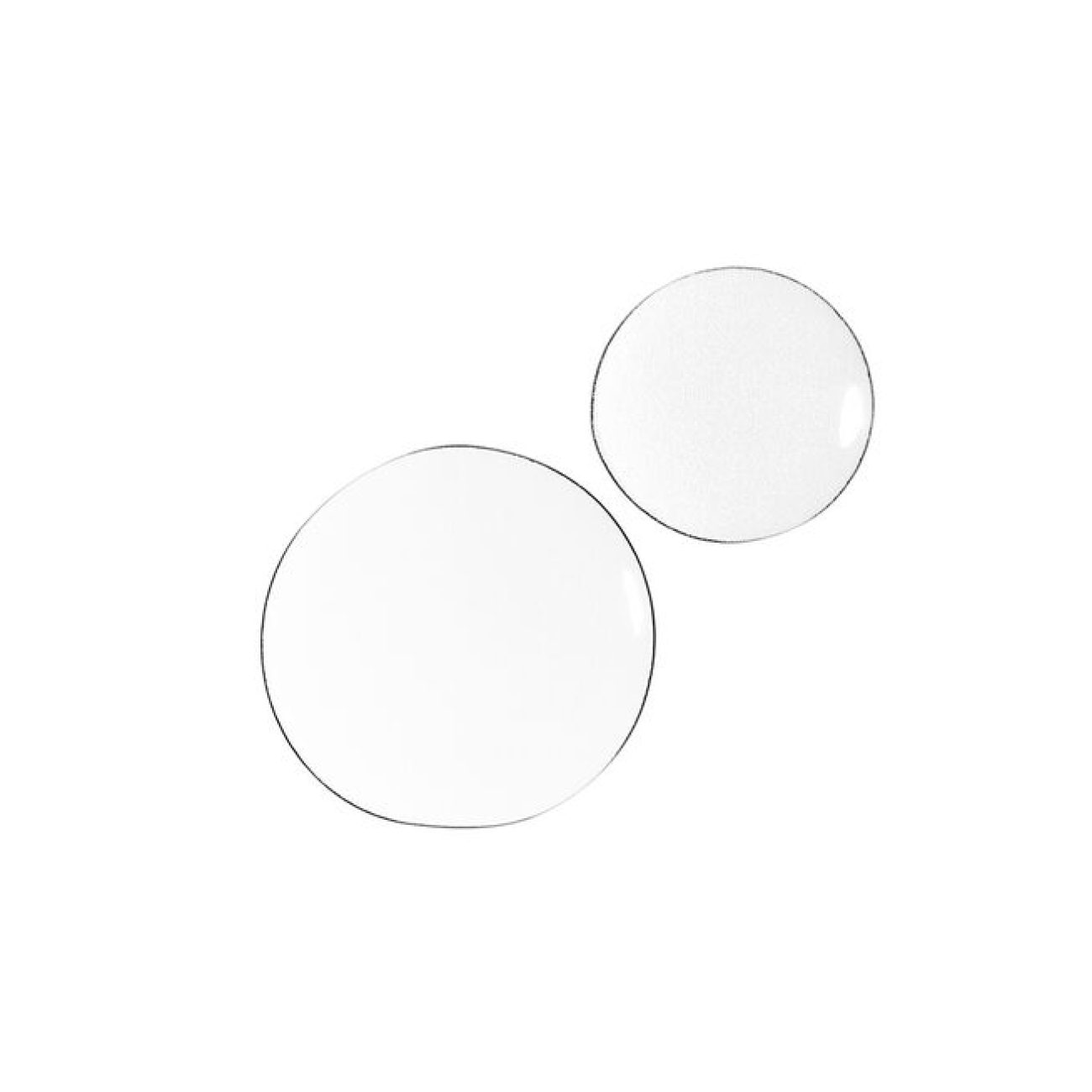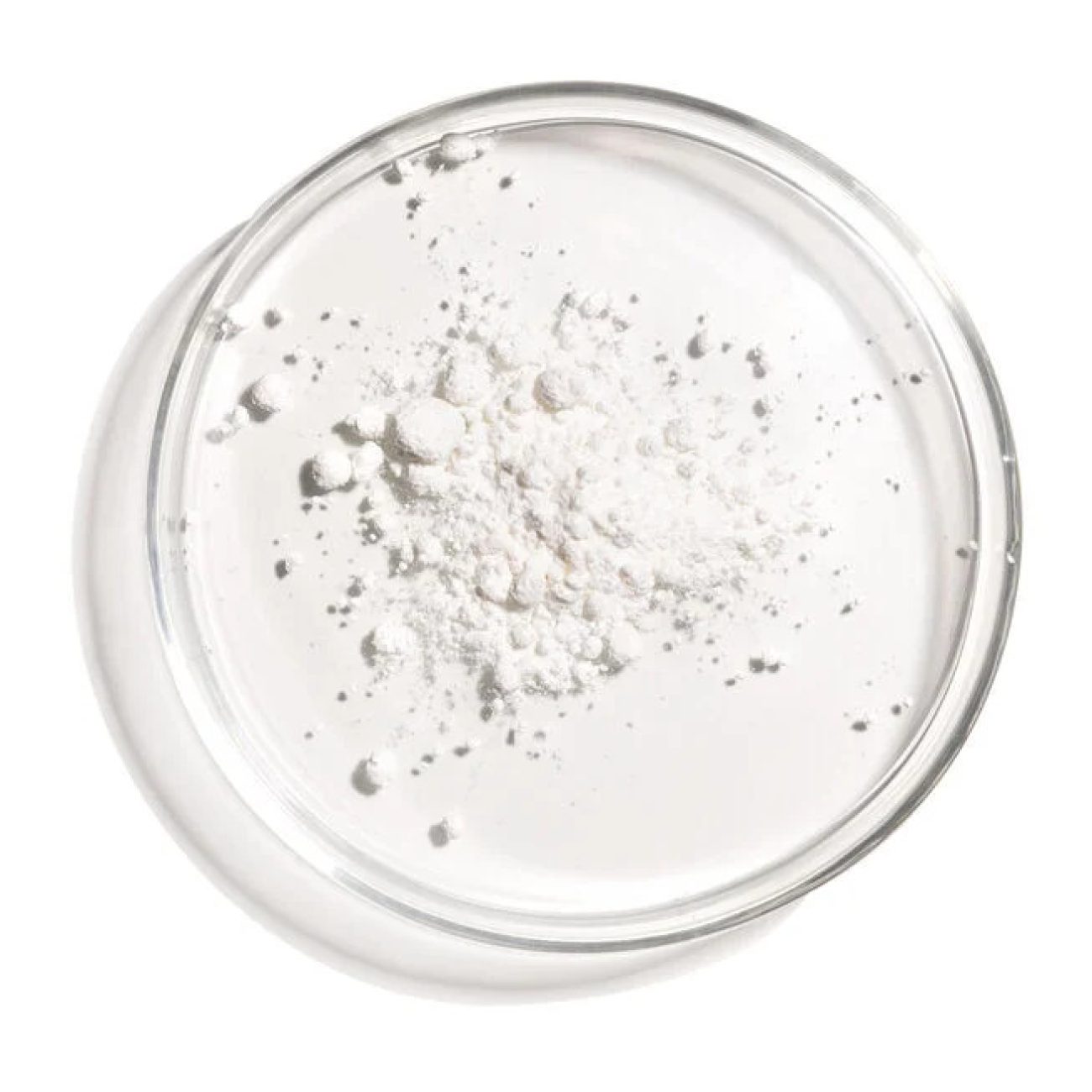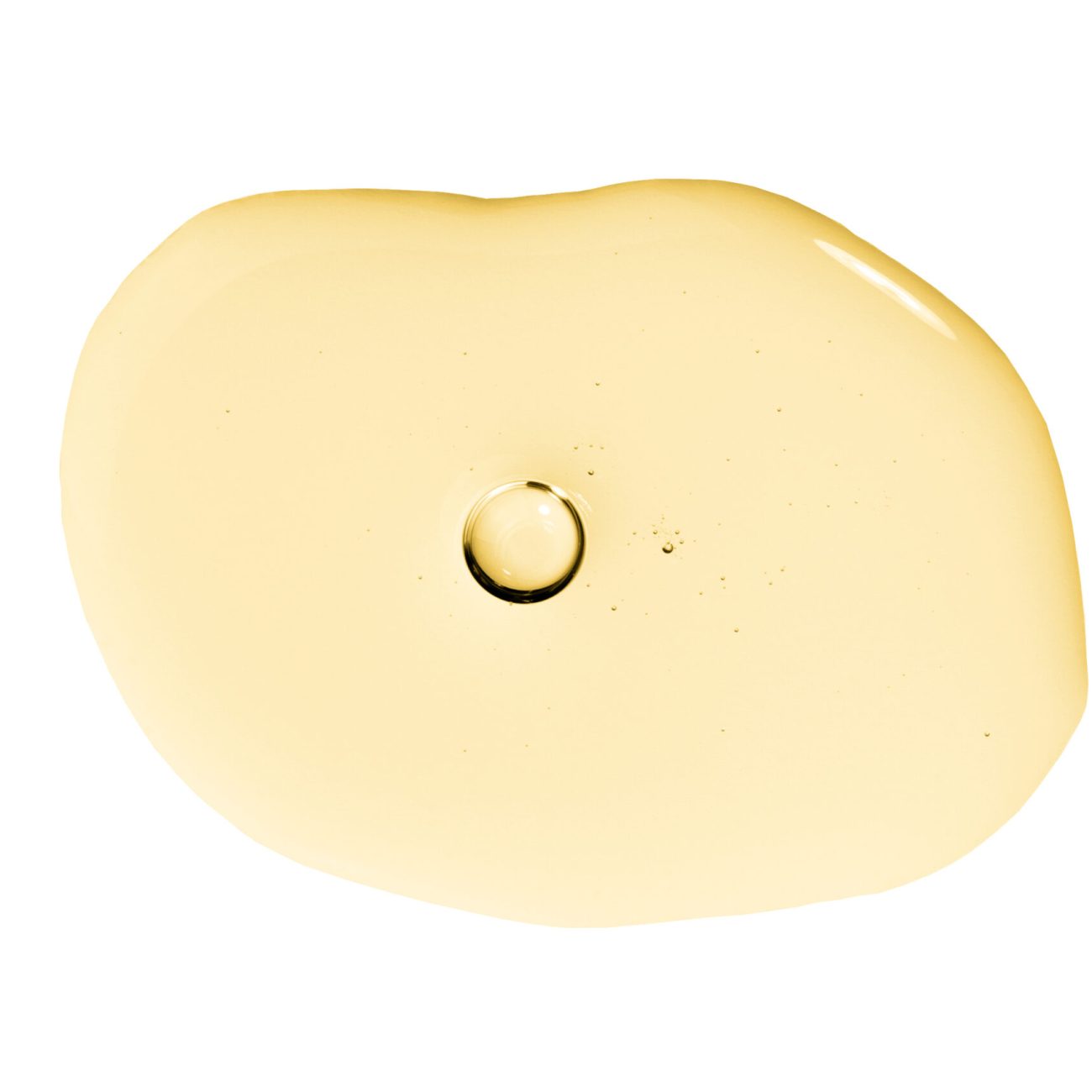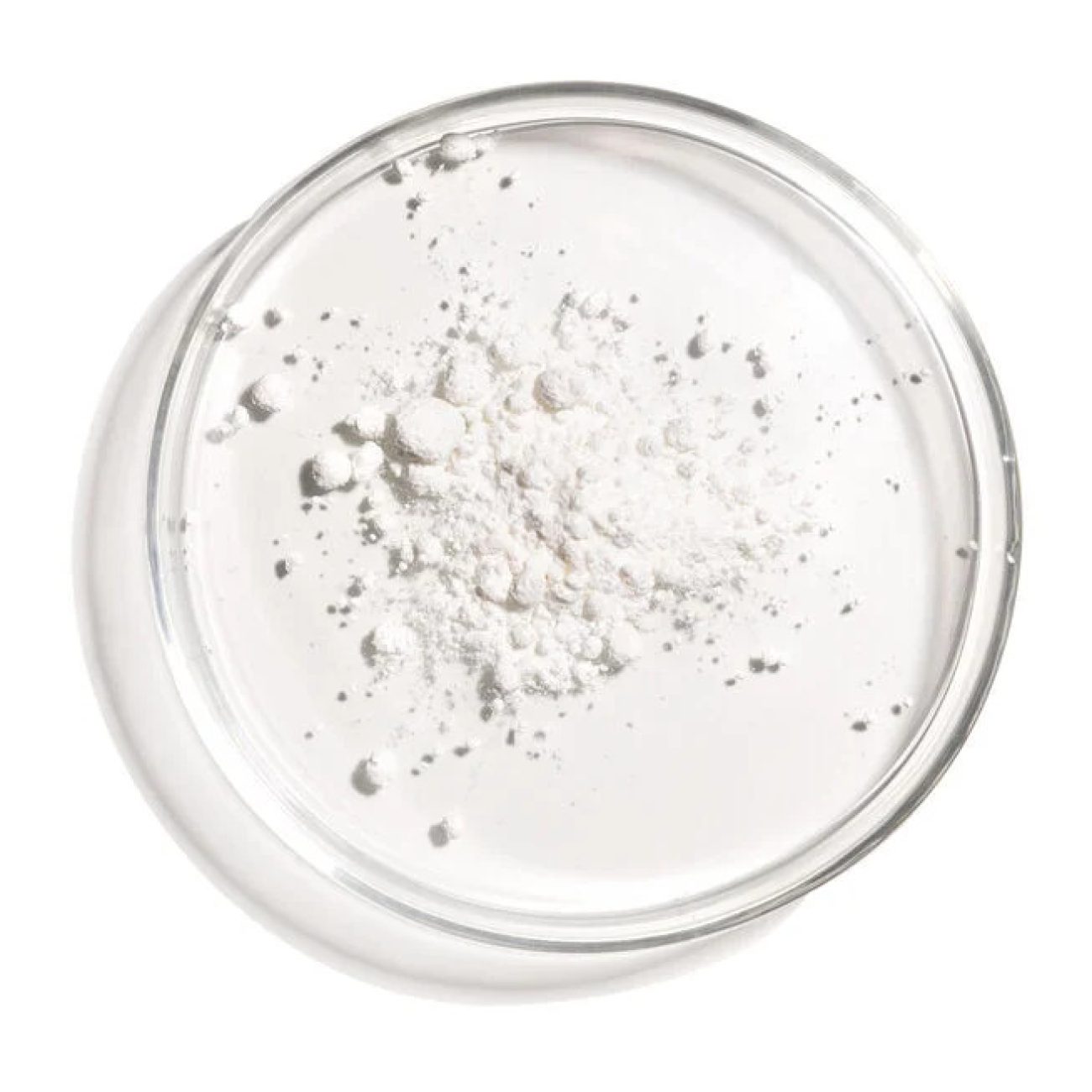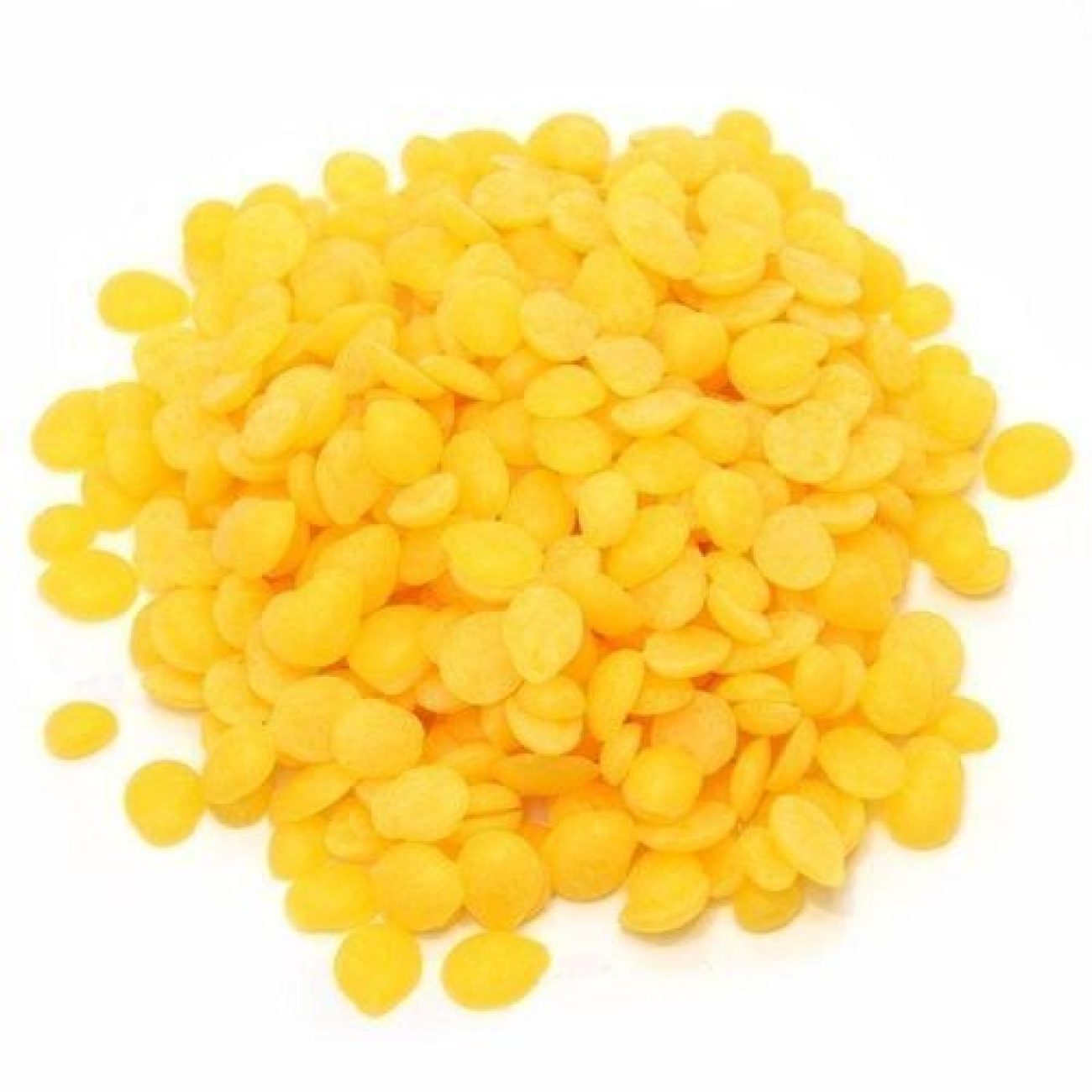Anhydrous Lanolin USP is produced from the multi-stage refining of wool grease, a natural, renewable raw material which is obtained from the scouring (washing) of raw wool. It is manufactured to fully meet the requirements of the current USP monograph. The product can be used in the most exacting applications where colour, odour and purity are critical. It is an excellent emollient and is readily absorbed by the skin. In addition, it has powerful w/o emulsifying properties. Anhydrous Lanolin USP can be used in all types of cosmetics, toiletries and pharmaceuticals where the reduced pesticides make it particularly suitable in applications for use in topical preparations such as baby creams.
(www.ulprospector.com)
Derived from sheep’s wool, lanolin is a type of natural wax composed of esters and hydroxy esters of lanolin acids and lanolin alcohols (lanolin alcohols are part of the unsaponifiables in lanolin). It also contains sterol esters and squalane, a bio-identical ingredient found in our skin’s sebum and stratum corneum. Unlike vegetable, nut, or seed oils, it contains no triglycerides. Instead, it contains cholesterol, a very effective emollient found in our skin.
In all products, lanolin in a very effective moisturizer, and can be incorporated into a product hot or cold. It’s used as a barrier protectant and occlusive ingredient in lotions, creams, and anhydrous products to reduce transepidermal water loss by acting as an emollient to offer moisturizing and repel water. Lanolin may penetrate the upper layers of the stratum corneum and provide more long lasting moisturizing when compared to other natural oils.
In anhydrous products, lanolin can hold up to 50% water by weight, so it can form simple water-in-oil creams. It’s used in manicure products to adhere to the nails and cuticles to soften and moisturize.
In hair care products, lanolin can be used in small quantities in conditioners, including hair masks, conditioners, and leave in conditioners as an emollient. It can be used as a styling agent in anhydrous or water based pomades.
Lanolin is used regularly in lipsticks as a more viscous emollient and in mascara as a plasticizer. It can be used in powdered cosmetics as a binder or pressing agent, or as a moisturizing and bonding ingredient in lip glosses.
Lanolin is especially recommended for naturally dry skin or skin made drier by the elements, increasing the stratum corneum’s suppleness and hydration, and speeding up skin’s barrier protection mechanisms when used at as little as 3% in an emulsion.
Key Benefits
Very emollient, excellent for dry skin as an occlusive and moisturizer
Occlusive, preventing transepidermal water loss and speeding up skin’s barrier repair mechanisms
Can hold up to 50% of its weight in water, so small amounts of water can be incorporated into anhydrous products
Decreases transepidermal water loss
Softens and moisturizes skin and hair
Repels water well, creating a barrier for the skin
Plasticizes anhydrous bars and balms
Applications
Anhydrous products, such as balms, salves, lotion bars, and pomades
Emulsions as a barrier protectant ingredient and emollient
Color cosmetics, such as lipsticks and mascara as a plasticizer and emollient
Powdered color cosmetics as a binder or pressing agent
Lip balms and lotion bars as a plasticizer and emollient
Manicure products, such as cuticle and nail balms
Any products intended for dry to very dry or weather chapped skin
(Lotion Crafter)


